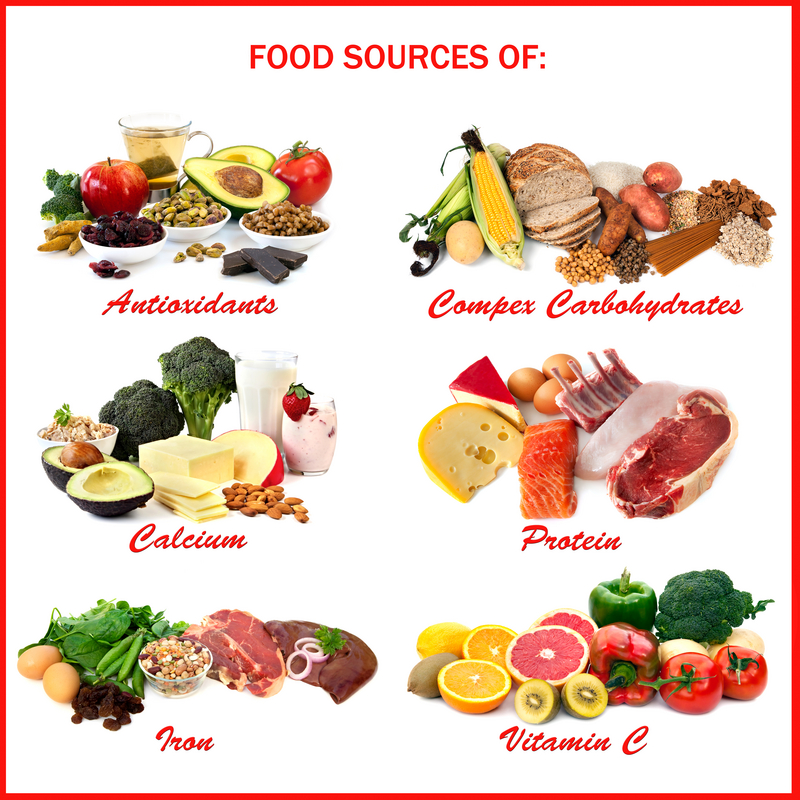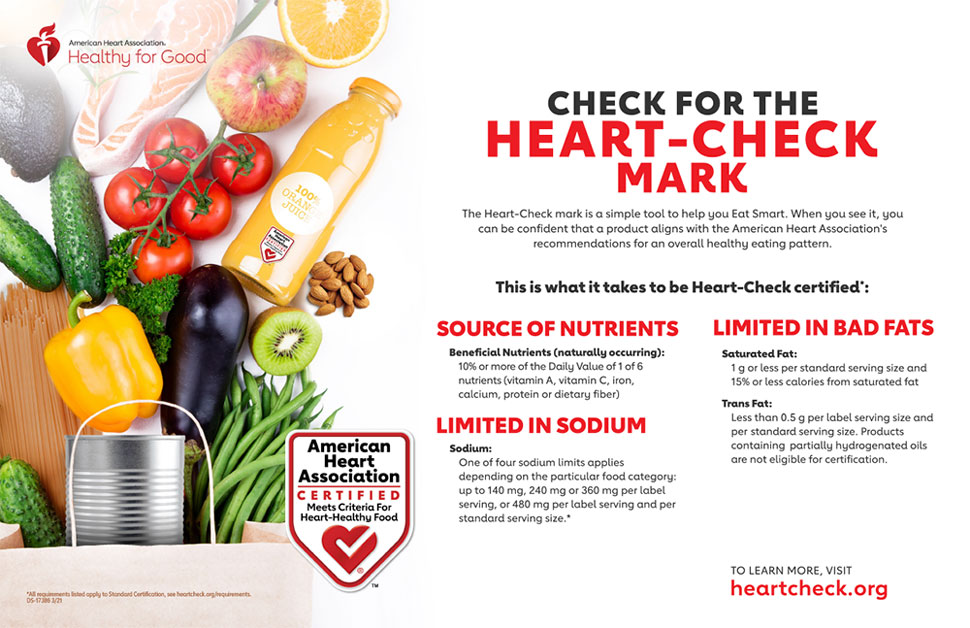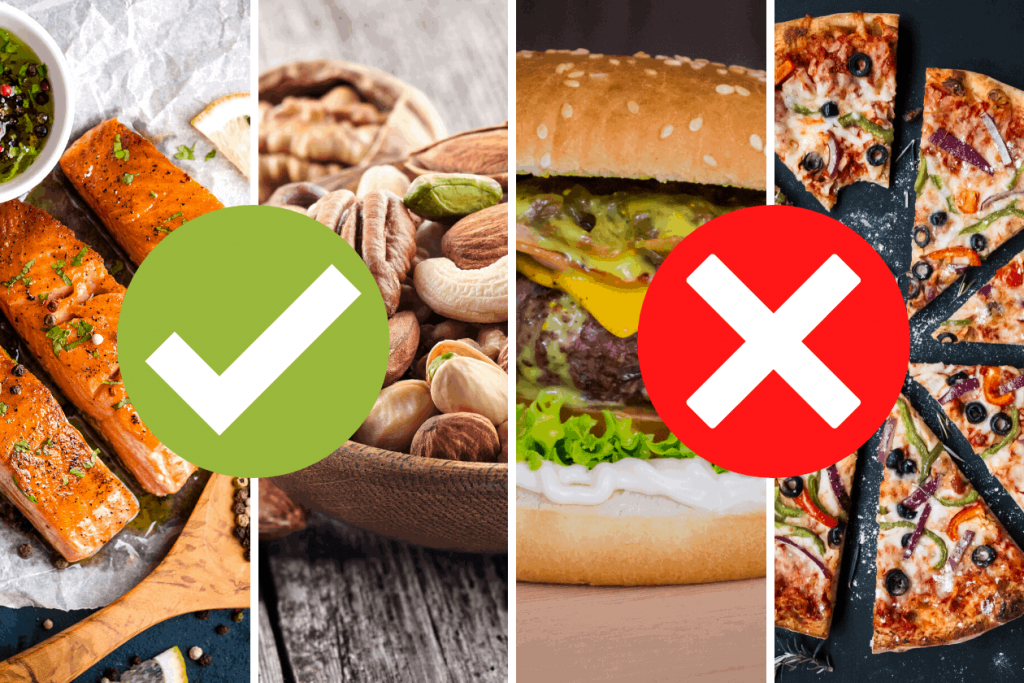
In the first trimester it is essential to consume at least three- to five servings daily of fruits, vegetables and other healthy foods. The best choices for green vegetables are broccoli, spinach and green peas. Spinach is particularly beneficial during this time as it is rich in folic acid. Broccoli, which is rich in iron, is good for babies. While it is not recommended to pregnant women with hypothyroidism it is safe for everyone. Avocado, tomatoes, sweet potatoes and red bell peppers are all best avoided in the first trimester.
A healthy diet for the first trimester should contain plenty of whole grains and lentils. These will provide the essential nutrients your growing baby needs to grow and develop. It is important to get at least two servings of protein daily during the first three trimesters. These foods include eggs and dairy products. If you're wondering which foods to avoid during this period, start with these.
Prenatal nutritionists are the best way for you to make sure that your baby's health is protected. A nutritionist is able to help you select the best diet and advise you on how you can eat when you are pregnant. A healthy diet will ensure a healthy baby and a happy delivery. First trimester can be an exciting time for moms-to-be.

If you're a new mom, you should try to limit your intake of fatty meat and processed meats. To avoid harming a baby's development, deli and raw meats are best avoided. Shellfish, sashimi, and sushi should also be avoided. Mercury-rich fish should be avoided. Additionally, avoid raw eggs, oysters, shark, and shark.
These fish can be tempting to consume, so don't. They can cause your baby's stomach to become ill. Although this is normal, you need to consider the stage of your pregnancy to determine what foods to eat. The main thing is to eat healthy foods. You should focus on eating a variety of vegetables and fruits, and avoiding fatty meats is crucial.
During the first trimester, your baby grows the most, and you should make sure you eat plenty of protein. Prenatal vitamins are recommended for pregnant women who plan to have babies. You should also eat plenty of iron-rich foods. For example, you should eat lean meat and fish, as these contain more iron than other types of meat. Avoid fried foods and processed foods during the first trimester.
Remember to always read the labels when you choose the foods that you will eat during the first three months. You can eat most meats during the second quarter, but there are certain foods you should avoid. Several unpasteurised dairy products contain Listeria bacteria, which can lead to an infection in the unborn child. You should avoid soft cheeses with a white exterior coating.

Raw fish and shellfish should be avoided. They can lead to food-borne diseases. However, you should avoid raw shellfish as it may contain harmful bacteria. These foods can be killed by cooking. It is also important to choose pasteurized dairy products to protect your baby. If you are unable to find pasteurized dairy products, you can still purchase them in stores. It is also important to choose non-pasteurized products to ensure that your foods are safe for your baby.
Your nutrition is also important in the first trimester. It is important to eat healthy foods and avoid processed food. Fresh fruits and vegetables are a great source of protein. Folates should be a part of your daily diet. These folates are vital for the development of the baby’s nervous system. U.S. Public Health Service recommends that pregnant mothers consume 400 micrograms per day of folate.
FAQ
What is the difference between a virus and a bacterium?
A virus is an organism microscopic that can't reproduce outside its host cells. A bacterium is an organism that splits itself in two. Viruses can be as small as 20 nanometers, while bacteria can grow up to 1 micron.
Viruses are often spread through contact of infected bodily fluids like saliva, urine or semen. Bacteria is usually spread directly from surfaces or objects contaminated with bacteria.
Viruses can enter our bodies through cuts, scrapes, bites, or other breaks in the skin. They can also enter the body through the mouth, nose, eyes and ears, vaginal, rectum or anus.
Bacteria can be introduced to our bodies by cuts, scrapes or burns. They can also be introduced to our bodies by food, water and soil.
Both bacteria and viruses can cause illness. Viruses cannot multiply in their host cells. They infect only living cells, causing illness.
Bacteria can multiply within their hosts and cause illness. They can infiltrate other parts of the body. We need antibiotics to get rid of them.
How can I live a life that is full of joy every day?
To live a happy life, the first step is to discover what makes you happy. You can then work backwards once you know what makes YOU happy. You can also ask others how they live their best lives everyday.
You can also check out books like "How to Live Your Best Life" from Dr. Wayne Dyer. He talks about finding happiness and fulfillment in all aspects of our lives.
How does an antibiotic work?
Antibiotics can be used to kill bacteria. Antibiotics are used for treating bacterial infections. There are many different types of antibiotics. Some are administered topically, while others can be taken orally.
People who have been infected with certain germs may need antibiotics. An oral antibiotic might be prescribed to someone who has been exposed to chicken pox. This will prevent the spread of shingles. Or, if someone has had strep throat, he or she might receive an injection of penicillin to help prevent pneumonia.
Children should not be given antibiotics without the consent of a doctor. Side effects of antibiotics can be more dangerous for children than for adults.
Diarrhea is the most common side effect from antibiotics. Other side effects possible include dizziness, nausea, vomiting, stomach cramps, dizziness and allergic reactions. These side effects usually disappear once treatment has ended.
Improve immunity with herbs and supplements?
It is possible to boost immune function by using herbs and natural remedies. You can use ginger, garlic, echinacea oregano oil and vitamin C as examples.
These herbal remedies shouldn't be considered a replacement for medical treatment. They may cause side effects such as nausea, diarrhea, stomach cramps, headaches, dizziness, and allergic reactions.
Which lifestyle is best for your health?
Healthy lifestyles include eating healthy food, regular exercise, good sleep, and avoiding stress. This will ensure that you live a long healthy life.
You can start by making small changes in your diet and exercise routine. For example, if you want to lose weight, try walking for 30 minutes every day. Swimming or dancing are great options if your goal is to become more active. A Fitbit or Strava online program that tracks your activity can be joined.
How do I get enough vitamins for my body?
The majority of your daily needs can be met through diet alone. Supplements are available if you are deficient. Multivitamin supplements can be taken that contain all the vitamins you need. You can also buy individual vitamins in your local drugstore.
Talk to your doctor if there are any concerns about getting enough nutrients. Dark green leafy vegetables like spinach, broccoli and kale, as well as turnip greens and mustard greens such as turnip and mustard greens and bok choy, are rich in vitamins K & E.
Ask your doctor to help you determine the right amount of vitamin. He or she will recommend the appropriate dosage based on your medical history and current health status.
Statistics
- According to the 2020 Dietary Guidelines for Americans, a balanced diet high in fruits and vegetables, lean protein, low-fat dairy and whole grains is needed for optimal energy. (mayoclinichealthsystem.org)
- WHO recommends reducing saturated fats to less than 10% of total energy intake; reducing trans-fats to less than 1% of total energy intake; and replacing both saturated fats and trans-fats to unsaturated fats. (who.int)
- WHO recommends consuming less than 5% of total energy intake for additional health benefits. (who.int)
- In both adults and children, the intake of free sugars should be reduced to less than 10% of total energy intake. (who.int)
External Links
How To
What does the term "vitamins" mean?
Vitamins are organic compounds naturally found in food. Vitamins help us absorb nutrients from foods we eat. Vitamins cannot come from the body so food must provide them.
There are two types: water-soluble and fat-soluble vitamins. Water-soluble vitamins dissolve easily when they are dissolved in water. Some examples include vitamin C,B1 and B2 vitamins (thiamine), B2 and riboflavin, B3 and B6 vitamins (niacin), folic acids, biotin, pantothenic acids, and cholesterol. Fat-soluble vitamins are stored in the liver, fatty tissue and kidneys. You can find vitamin D, E K, A, beta carotene, and other fat-soluble vitamins.
Vitamins are classified based on their biological activity. There are eight major types of vitamins:
-
A – Essential for normal growth, and the maintenance of good health.
-
C is important for nerve function and energy production.
-
D - Essential for healthy teeth and bones.
-
E - needed for good vision and reproduction.
-
K - Essential for healthy muscles and nerves.
-
P - vital for building strong bones andteeth.
-
Q - aids digestion, absorption and absorption iron
-
R - necessary for making red blood cells.
The recommended daily allowance of vitamins (RDA), varies according to age, gender, physical condition, and other factors. The U.S. Food and Drug Administration (FDA) sets the RDA values.
For adults over 19 years, the RDA is 400 mg per day for vitamin A. For fetal development, pregnant women need 600 mg per day. Children ages 1-8 require 900 micrograms per day. Children under 1 year old require 700 micrograms daily, while infants over one year old need 500 micrograms every day. This decreases between 9 and 12 months.
Children aged between 1-18 years require 800 micrograms of sugar per day, while overweight children need 1000 micrograms. Children who are underweight receive 1200 micrograms every day to meet their nutritional requirements.
Children ages 4-8 years who have been diagnosed with anemia need 2200 micrograms per day of vitamin C.
2000 micrograms are required daily for good health in adults over 50. Breastfeeding or pregnant women require 3000 micrograms per daily due to higher nutrient demands.
1500 micrograms is the recommended daily intake for adults aged 70+, who lose approximately 10% of muscle each year.
Women who are pregnant, nursing or breastfeeding need more than the RDA. Pregnant women need 4000 micrograms per dayduring pregnancy and 2500 micrograms per day after delivery. Breastfeeding mothers require 5000 micrograms daily when breast milk production is occurring.